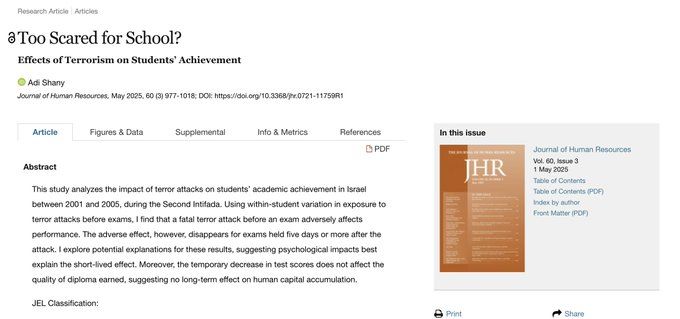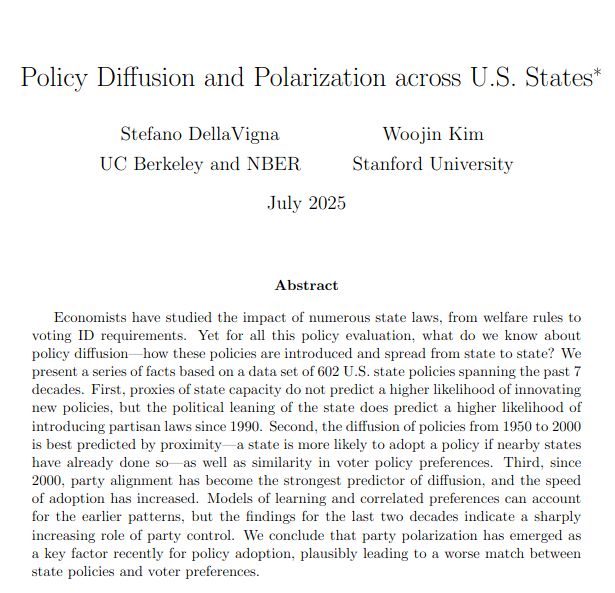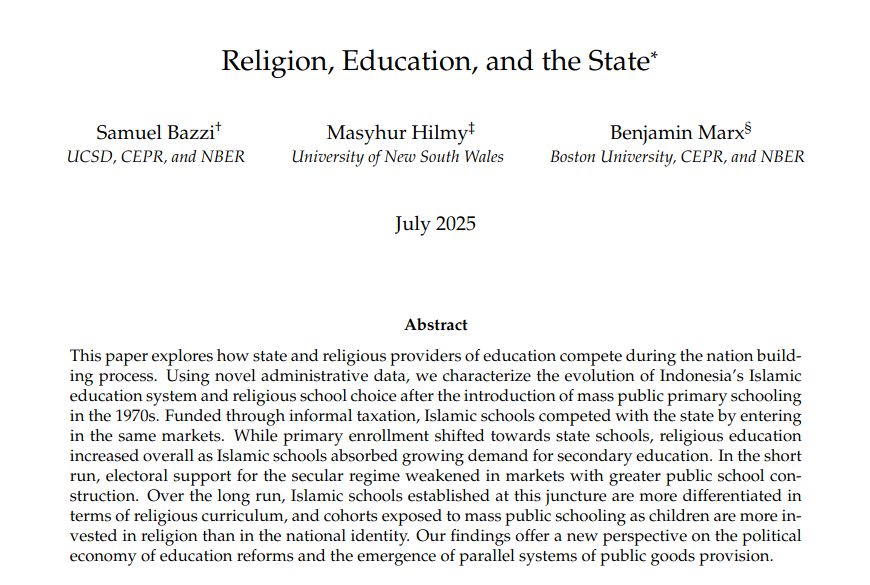Clay Collins
@claycollins.bsky.social
280 followers
440 following
33 posts
Assistant Professor of Sport Management, University of Georgia. WVU Econ alum.
Posts
Media
Videos
Starter Packs
Pinned
Clay Collins
@claycollins.bsky.social
· Aug 6
Reposted by Clay Collins
Reposted by Clay Collins
Reposted by Clay Collins
Reposted by Clay Collins
Reposted by Clay Collins
Reposted by Clay Collins
Vincent Pons
@vinpons.bsky.social
· Jun 5
Reposted by Clay Collins
Reposted by Clay Collins
Reposted by Clay Collins
Reposted by Clay Collins
Reposted by Clay Collins
Reposted by Clay Collins
Reposted by Clay Collins
Reposted by Clay Collins
















